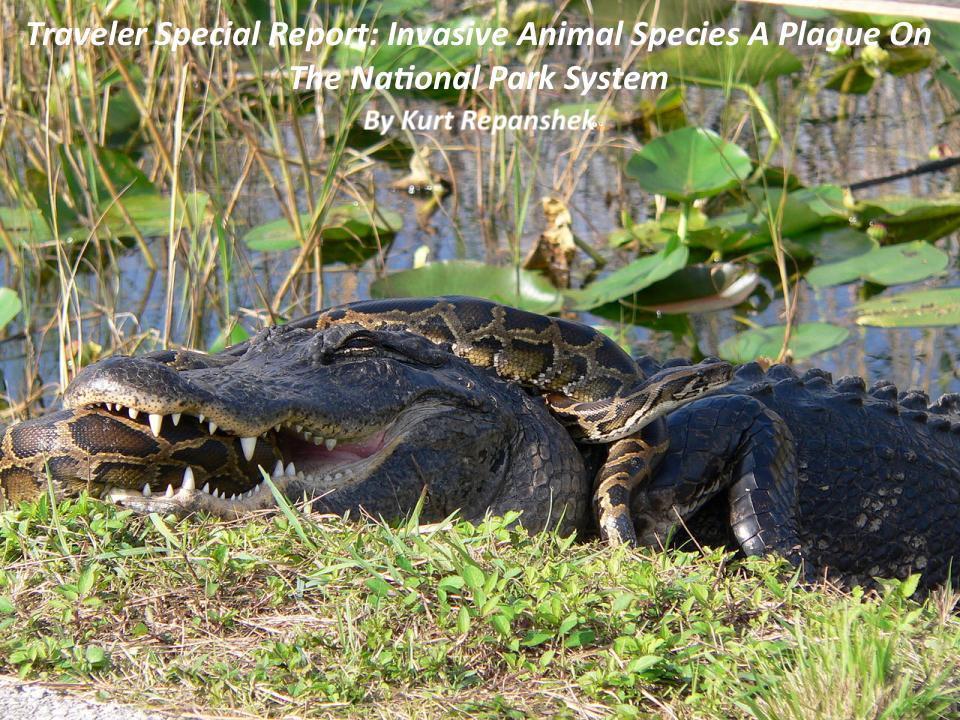
There has been, for a disturbing amount of time, a slow, creeping invasion of the national parks, one arriving in the form of an ecosystem-upsetting menagerie that poses a significant threat to both native species and the very integrity of the parks.
It is an invasion on land and in the water, one that is attacking wildlife that has evolved with the landscapes. For some parks, the problem has gone beyond being an isolated problem and turned into a malevolent force that is literally impairing the very nature of the parks and some of the reasons they were set aside in the first place.
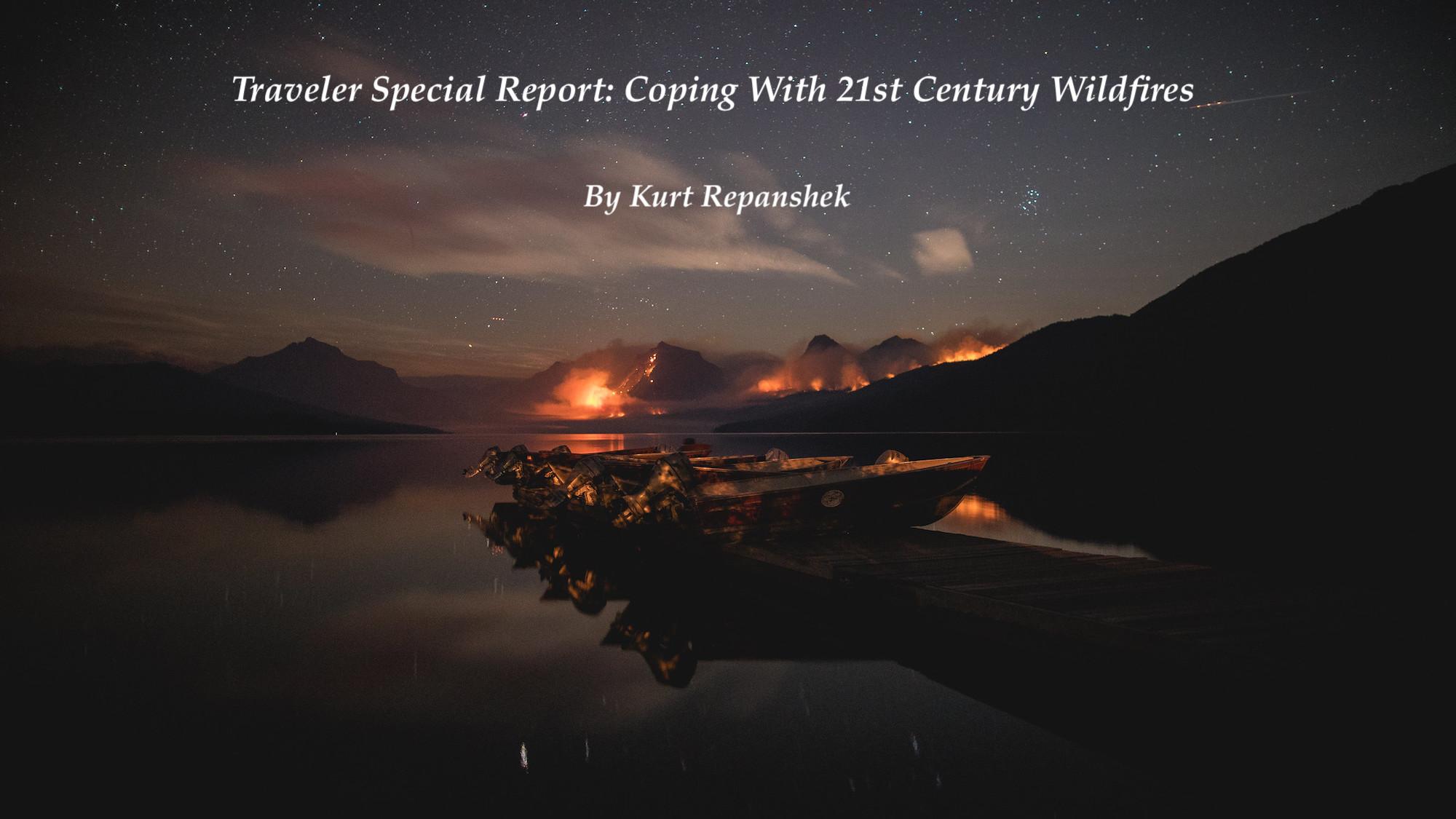
The 1988 wildfires that drew the nation's attention to the world's first national park were considered simply part of the fire regime that historically has existed in Yellowstone National Park. But in the aftermath of the fires, "climate change" entered the country's lexicon and increasingly intense wildfires have forced the National Park Service in the West to both evaluate and refine its approach to battling flames that are arriving with greater and greater ferocity.
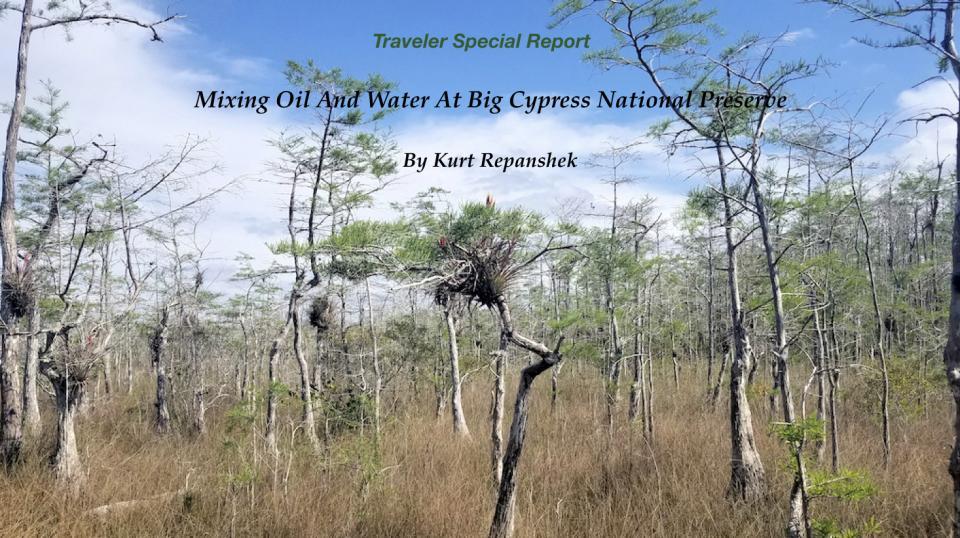
A stark beauty is sweeping across Big Cypress National Preserve. It’s early March, and red spikes that signal the erupting bracts of the cardinal airplant are poking out from countless numbers of these epiphytes that have latched onto the trunks of dwarf cypress trees, a remnant of Florida’s vast old growth forest.
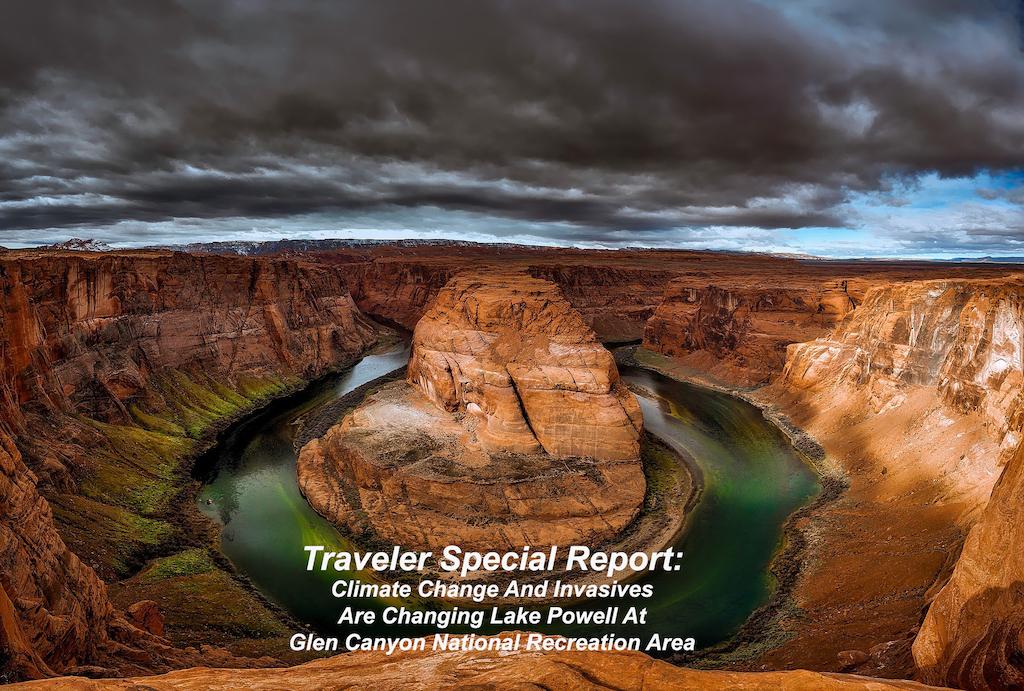
Water is big business, bigger in the Southwest than perhaps anywhere else in the United States, and so where the Colorado River flows, economics and politics closely follow. More than 40 million people downstream depend upon its waters for agriculture, cities and businesses. At Glen Canyon National Recreation Area in southern Utah and northern Arizona, that reality rises in the 710-foot tall Glen Canyon Dam and shimmers in the lake that it has formed, Lake Powell.
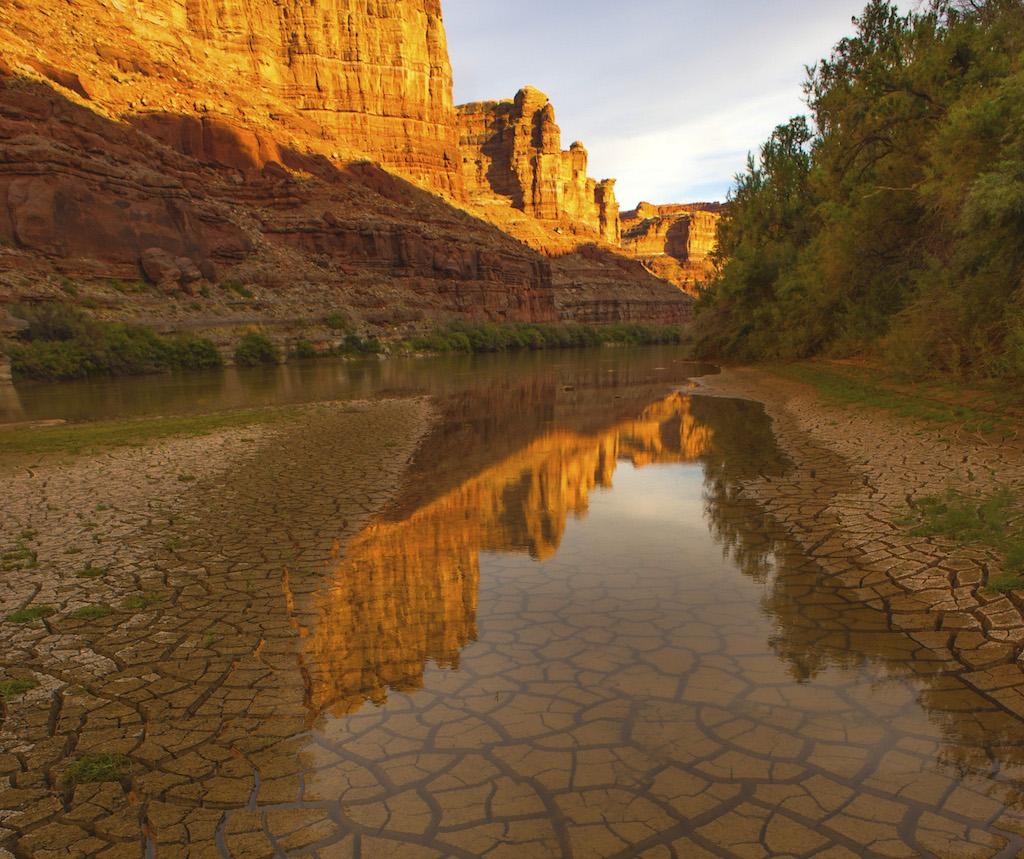
How Climate Change Is Redesigning Canyonlands National Park
You can’t say “At first glance” at Canyonlands National Park. It’s just too big and complex to really take it all in. On the macro scale, it covers nearly 350,000 acres. It’s carved by two major Western waterways: 47 miles of the Green River, and 50 miles of the mighty Colorado River. But it’s much more than just a river canyon. It’s a land of mesas and grasslands, slot canyons and water pockets, roaring rapids and clear streams. There are deer and bighorn sheep, native fish and frogs, cottonwoods and cacti, who all call this rugged landscape home.
Congress So Far Has Turned Its Eyes Away From The National Park System's $12 Billion Problem
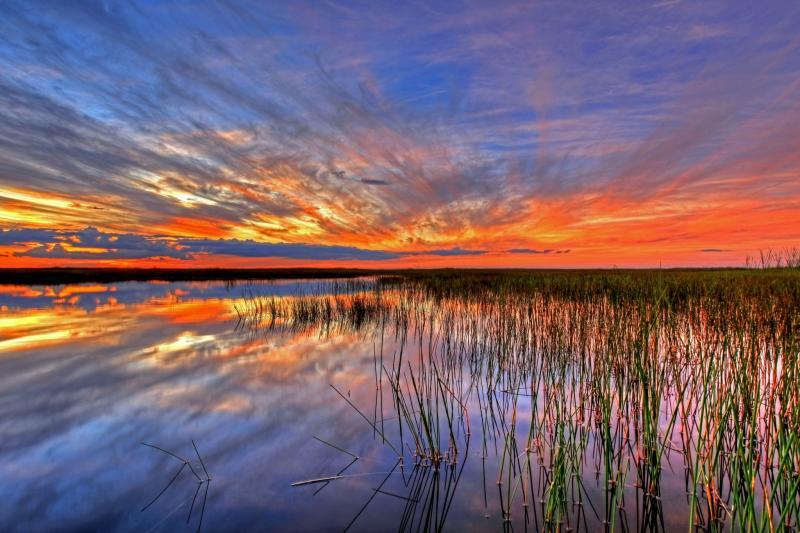
As spectacular as sunsets can be at Everglades National Park, they can't hide the nearly $100 million in maintenance backlog needs at the park/NPS
Closing The National Park System's Maintenance Backlog
Some of the world’s greatest wonders exist in America’s National Park System, from the Grand Canyon and Old Faithful to Mammoth Cave and the Everglades. But the system also features ailing wastewater treatment facilities, rotting buildings, and even the risk of demolition by neglect. Many parking lots are crumbling, some communications systems are antiquated, dams and levees are in serious condition, and employee housing in some parks is shabby.
Click here to read the article.
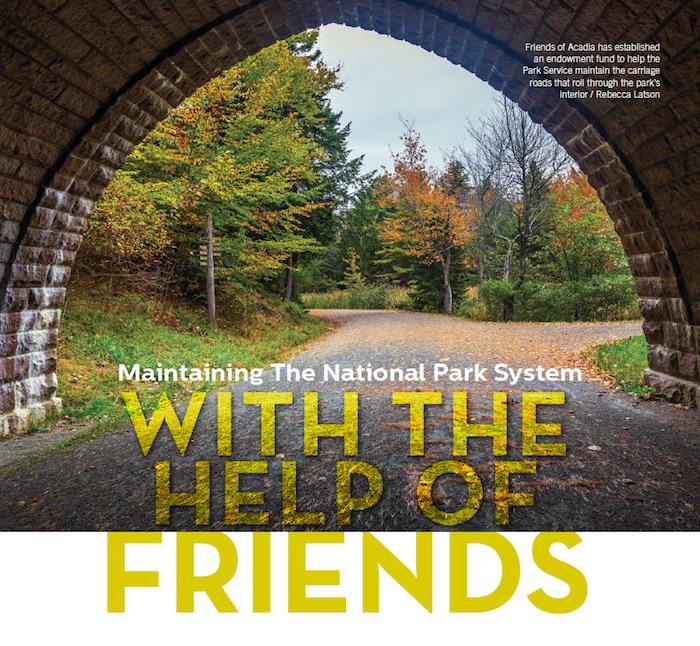
Some Friends Groups Asked To Provide "Margin Of Survival"
For eight years, families whose memories of the Blue Ridge Parkway were nurtured around summer evenings chasing fireflies on the rolling highland meadows below Bluffs Lodge at Milepost 241 have wondered when it might reopen. But a question that might better be asked of the charming 24-room lodge that opened in 1949 is whether it ever will be able to reopen or instead be razed.
Click here to read the article.
Maintenance Woes Blocking Access To Parts Of National Park System

Visitors wanting to hike the Valley Cove Trail in Acadia National Park are blocked from access by this signage/Dolores Kong
The nearly $12 billion maintenance backlog hanging like an albatross around the neck of the National Park Service is impacting visitor access in many parts of the National Park System.
Click here to read the article.
The Danger Posed To National Parks By Oil Trains
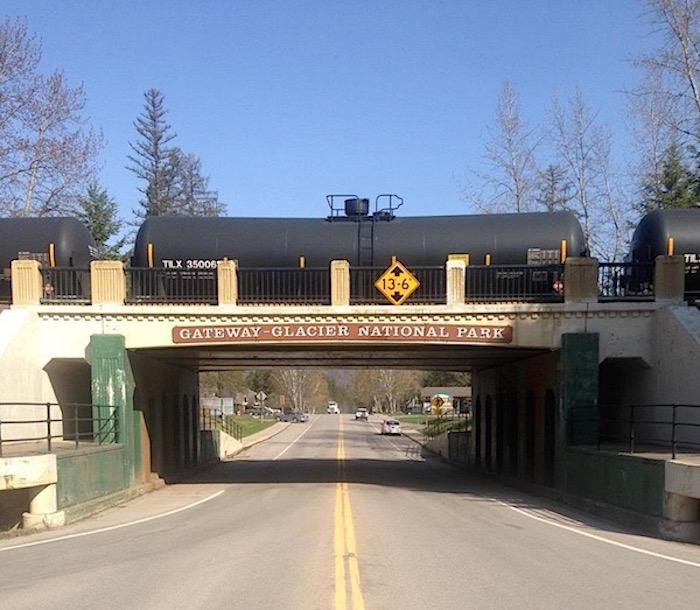
Oil trains pose a substantial threat to Glacier and other national parks/NPCA, Michael Jamison
"Oil Trains" Pose A Significant Threat To National Parks
For more than a century, freight trains have rumbled up and over Montana's Marias Pass, skirting the heavily forested south boundary of Glacier National Park, casting rolling shadows on the Middle Fork of the Flathead River below. Until recently the major threat was a grain car derailment, which on occasion left bears woozy from eating fermented grain and led to their deaths by train. Today's prospect of a derailment involving a 100-car train hauling millions of gallons of highly combustible Bakken crude oil risks an environmental catastrophe unprecedented in National Park Service history.
Click here to read the article.
How Oil Could Damage Big Cypress National Preserve
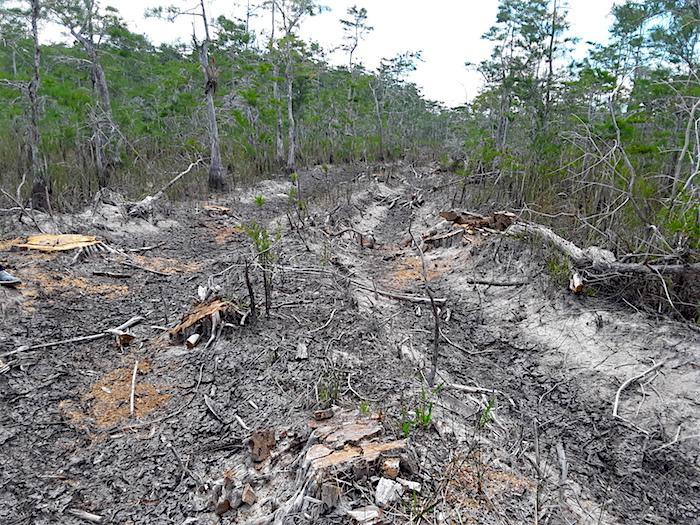
Oil exploration in Big Cypress National Preserve has greatly impacted the landscape/NRDC
Separating Oil And Water At Big Cypress National Preserve
There is a sprawling, humid expanse of subtropical landscape of more than 2.2 million acres in the country's third-most-populated state. Within this moist, marshy acreage embraced by Big Cypress National Preserve and Everglades National Park is an amazing, and unusual, assemblage of flora and fauna. And underlying their collective habitats, beneath the Big Cypress Swamp that the national preserve was established in 1974 to protect and preserve for the rest of time, lies fractured rock, a porous honeycomb of limestone and, perhaps, oil.
Mixing Energy Development And National Parks
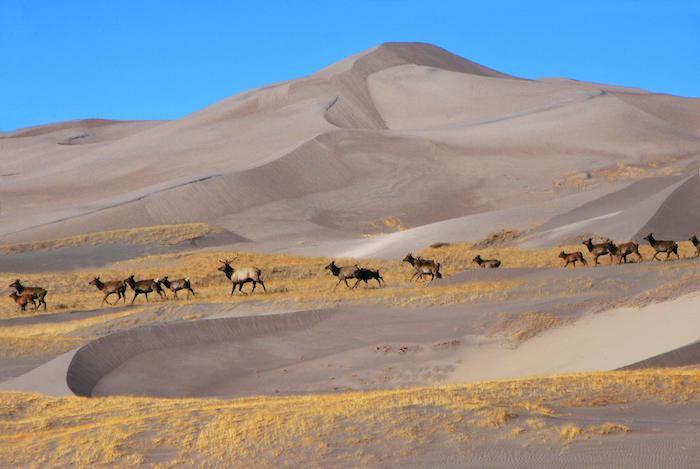
Great Sand Dunes National Park is just the latest unit of the National Park System that could be impacted by oil and gas development/NPS
While the U.S. Bureau of Land Management recently deferred the auction of oil and gas leases near Great Sand Dunes National Park and Preserve in Colorado, the issue of energy development is not dead there, nor in many other areas of the National Park System. Contributor John Miles takes a look at the state of oil and gas exploration in the park system in this article.
Backlog Of Maintenance Needs Creates Park Risks

Deteriorating walls at San Francisco Maritime National Historical Park prevent visitors from getting close to San Francisco Bay/Rita Beamish
Across the National Park System, maintenance needs are creating safety issues for park visitors. Whether it's the leaking Trans-Canyon Pipeline at Grand Canyon National Park, eroding walls at San Francisco Maritime National Historical Park, or cracks in the Blue Ridge Parkway, tens of millions of dollars in deferred maintenance are dangerous for visitors.
Antiquated Wastewater, Sewer Facilities Go Wanting In National Parks
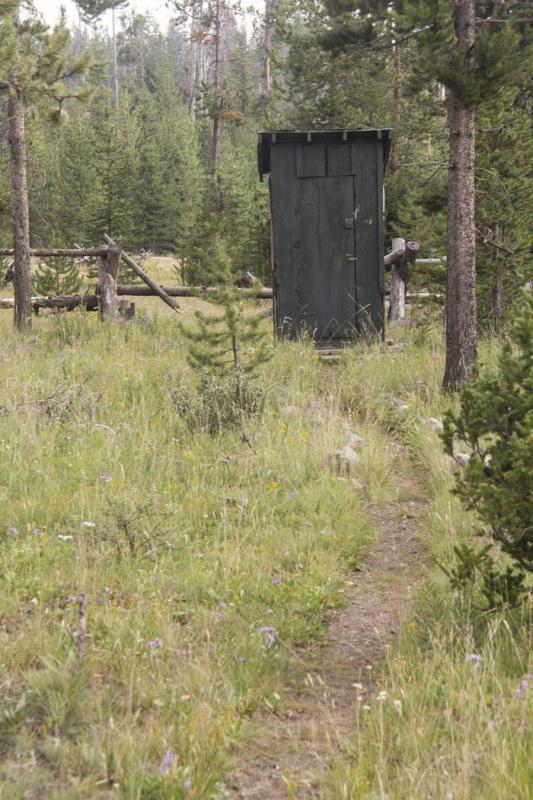
Technology in wastewater treatment systems has come a long way from the basic outhouse, but many of the National Park System's existing treatment and sewer systems are in need of significant repairs/Robert Pahre photo of the Thorofare outhouse in Yellowstone National Park
More than 50 years after the National Park Service's last major investment in park infrastructure, many wastewater and sewer systems across the park system are either failing or being held together by ingenuity and today's version of bailing wire and tape while park managers wait for Congress to fund their needs.
Click here to read the article.
Historic Sites And Structures Affected By Maintenance Backlog
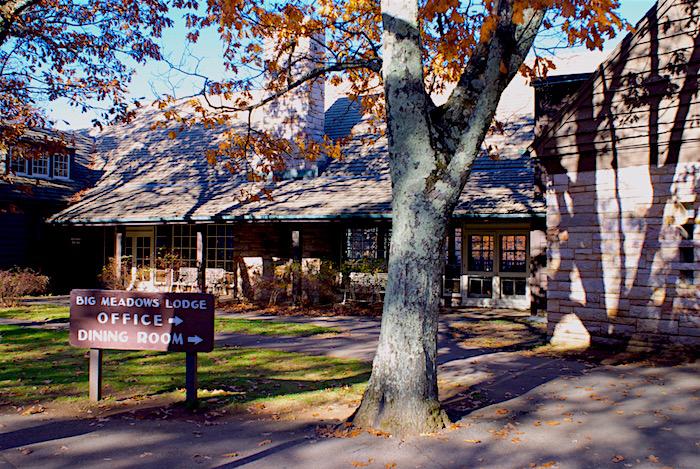
Big Meadows Lodge in Shenandoah National Park needs a new roof/Kurt Repanshek file
Eighty-year-old buildings have a tendency to leak if they haven’t been sufficiently maintained. But when a leaky 80-year-old building is one of the most iconic structures in Shenandoah National Park, it’s more than just a nuisance. It’s a sign of the National Park System’s nearly $12 billion maintenance backlog.
Click here to read the article.
Maintenance Backlog Crippling To National Park Roads And Bridges
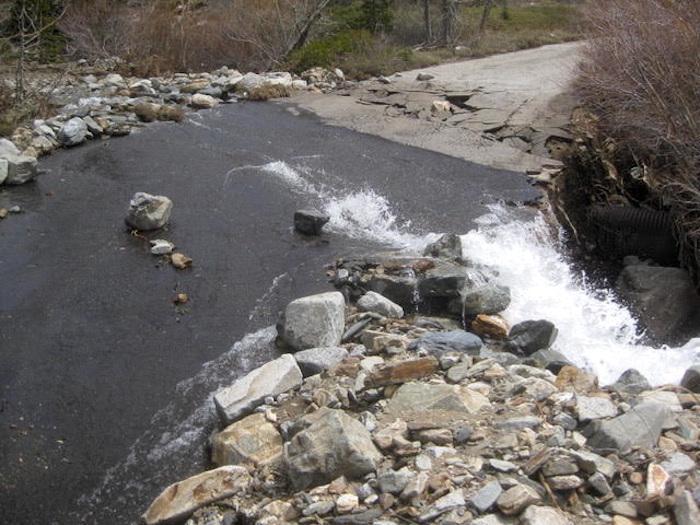
Road overwash occurs in the Mineral King Basin of Sequoia National Park when culverts fail due to deferred maintenance/NPS
Crumbling roads and bridges in a steady state of decay can be found around the National Park System as maintenance issues go years without significant attention.
Click here to read the article.
Private Philanthropy Fills The Gaps Of Deferred Maintenance
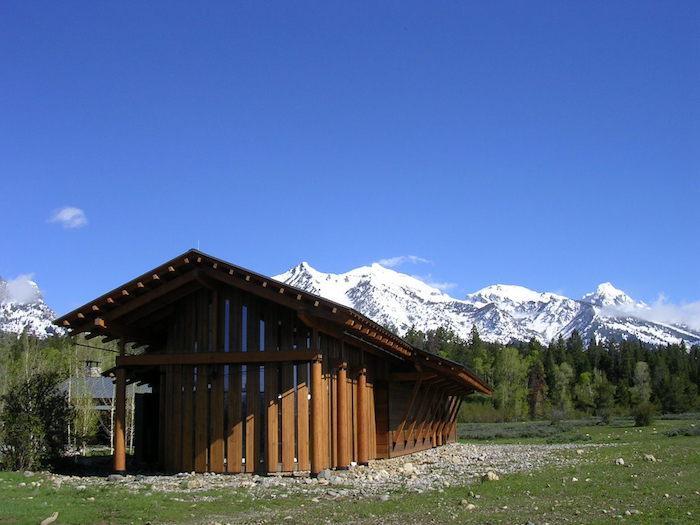
The Laurance S. Rockefeller Preserve at Grand Teton National Park/NPS
“How we treat our land, how we build upon it, how we act toward our air and water, will in the long run tell what kind of people we really are.”
Those words, spoken by philanthropist Laurance S. Rockefeller, are now inscribed at the nature preserve that bears his name at Grand Teton National Park in Wyoming.
NPS Is Running $670 Million Behind On Caring For Maintained Landscapes
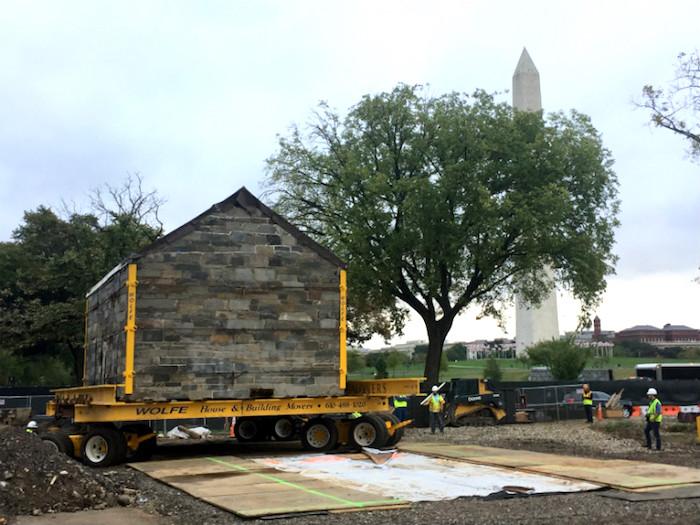
Moving buildings, such as the lockkeeper's house on the National Mall, sometimes is required to maintain national park landscapes/NPS
Imagine visiting Redwoods National and State Parks, sitting down on a bluff to watch the sunset, only to have it blocked by a bushy azalea. Or, on a visit to Acadia National Park, what would you think if your sweeping view of the rocky Atlantic coast was blocked by a grove of towering maples? What if you went to visit a Civil War battlefield but you couldn’t figure out where the battle took place, since the field was covered in thick hardwood forest?
Lack Of Dollars Crippling National Park Facilities For Staff And Visitors
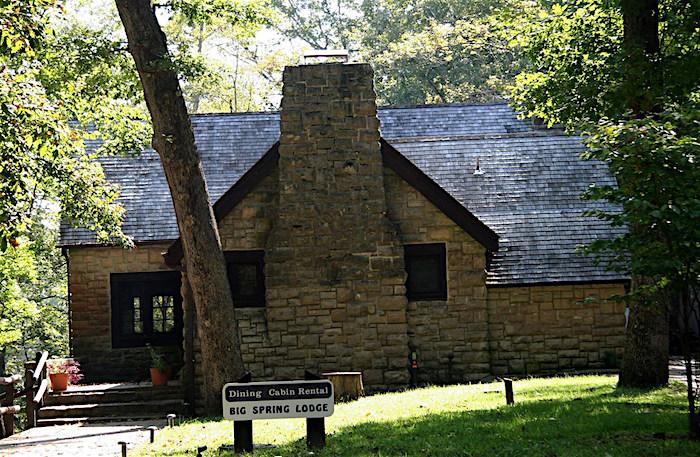
Big Spring Lodge, Ozark National Scenic Riverways/NPS
Craftsmanship flowed through the main building and surrounding cabins the Civilian Conservation Corps built above the Current River in the hill country of southeastern Missouri. But the passage of nearly nine decades has taken a toll on the Big Spring Lodge and Cabins at today's Ozark National Scenic Riverways, where the National Park Service shuttered the buildings four years ago until they could be rehabilitated.
Groups Continually At Work To Acquire Private Lands Key To National Parks
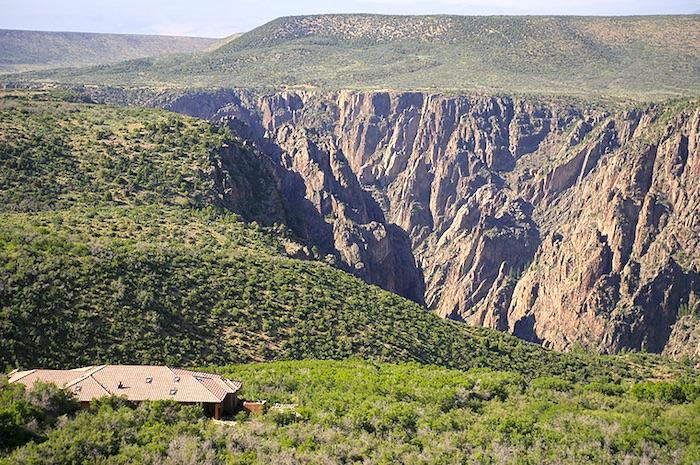
A mansion on 33 acres at Black Canyon of the Gunnison National Park might be the ultimate national park inholding/Chapman Real Estate
Ecosystem restoration. Protecting vistas from trophy homes. Critical wildlife habitat. Preserving Civil War history. And yes, even recreational needs are among the many reasons groups work to purchase private inholdings across the National Park System, which contains approximately 2.6 million acres of inholdings.
The Care And Keeping Of History
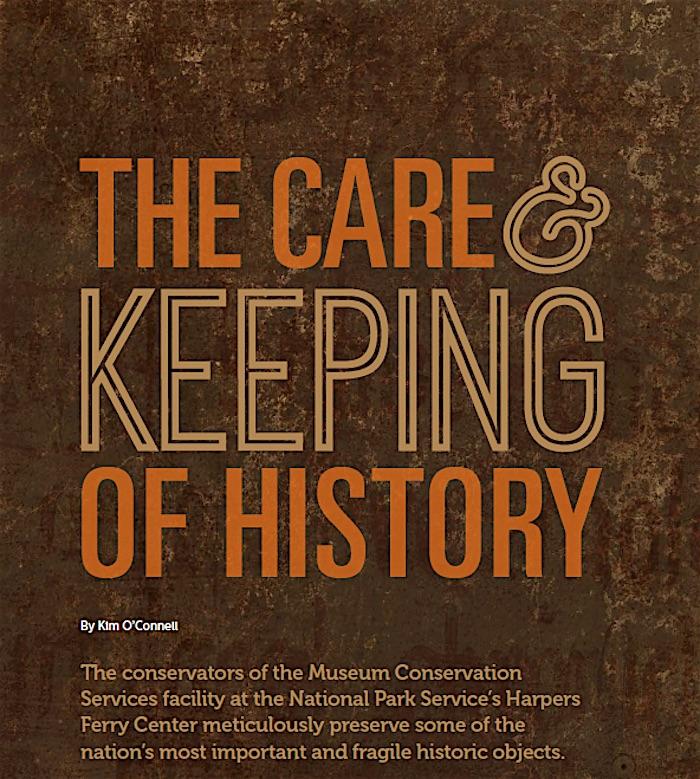
As I enter one of the National Park Service’s conservation labs in Charles Town, West Virginia, I see what look like black shards of various sizes arranged on a large white table. It’s clear that this artifact has gone through something dramatic and destructive.
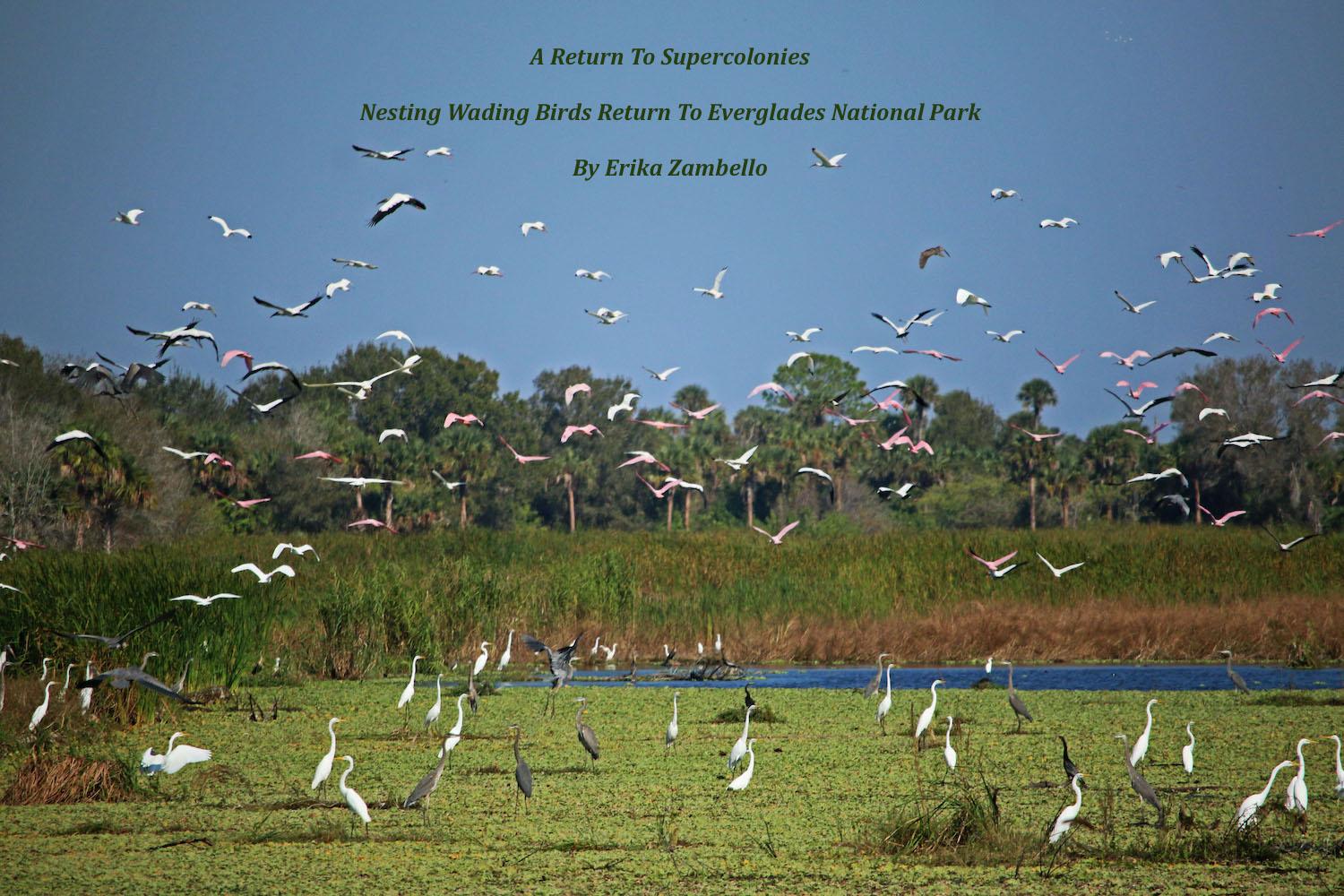
Swirling clouds of blue, white, and pink once rose above the Everglades in drifts that practically stained the sky when herons, egrets, storks, ibises, and spoonbills that numbered in the hundreds of thousands nested in the River of Grass. They took to the sky in giant, whirling clouds of feathers, intent on providing their chicks with enough food to fledge.
Essay | 50-Year-Old Lessons From North Cascades National Park Still Relevant, Timely
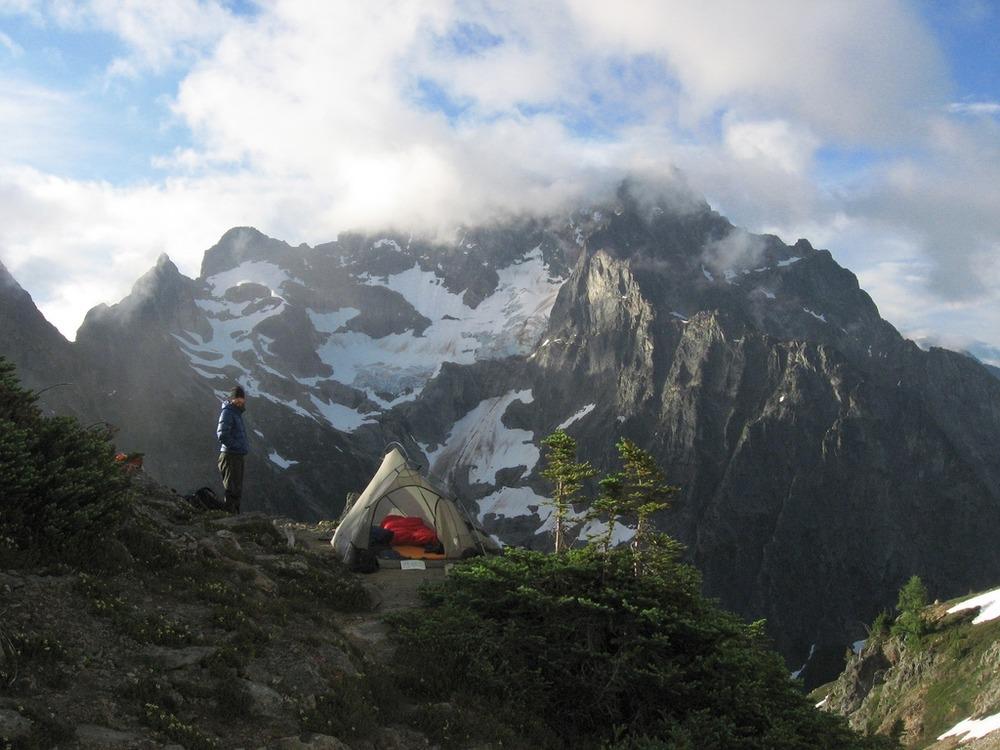
Re-examining the values that led to creation of North Cascades National Park/NPS
Fifty years ago, on October 2, 1968, President Lyndon B. Johnson signed North Cascades National Park into law. In certain ways, today looks a lot like 1968. American society is struggling with cultural, racial, gender, and class divides. An unpopular president sits in the White House. And public support for the environment is strong.


